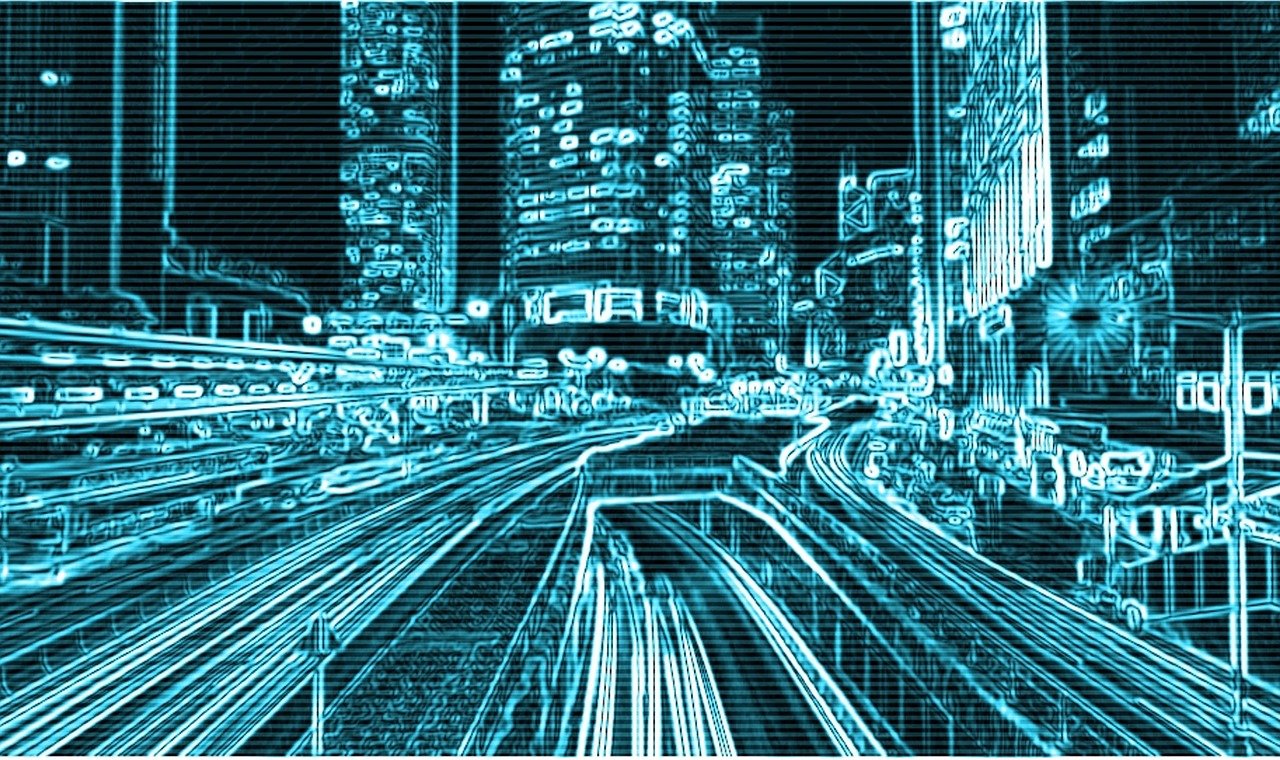Smart city projects are being launched all around the world.
What’s notable about them all is both the differences and commonalities. They vary from improving air quality via plant life and Internet of Things (IoT) technology, identifying gunshots and providing connectivity via Internet kiosks. However, what they all have in common is the use of different types of electronic data collection sensors and interconnectedness.
Smart cities are all about capturing and collating data from citizens, devices and assets to improve daily life – in much the same way that safe city technology does.
So, why does a smart city have to be a safe city? Because a smart city doesn’t really make sense without being a safe city. Here are three reasons why:
A viable smart city strategy
The ultimate goal of a smart city is to improve quality of life by using technology. In a recent article in Public Sector Executive, author Eddie Copeland talks about how governments should be focused on addressing urban challenges.
Of course, safety and security are always urban challenges, because they are always primary objectives.
According to Copeland, what makes a city smart isn’t the technology, but what it can do to better the lives of those living and visiting. The real value of a smart city is what it enables: a place where people and business can thrive, prosper and enjoy life.
Safety, security and smooth-running operations in critical utilities, transportation and emergency services, are necessary basics for any of those things that Copeland posits as being a smart city’s primary goals.
Privacy and the cost of luxury
A defining trait of smart cities is their interconnectedness, and a consequence of greater connectivity is less privacy. This situation has been referred to as the “cost of luxury”. Minimising this cost is imperative if the benefits of a smart city are to outweigh the potential vulnerabilities.
The potential risk of cyber breaches extends beyond those associated with personal privacy. Think of the consequences of a hacked utility or smart app that controls traffic flow; those could easily result in business disruption and potential physical harm to citizens.
The ShotSpotter initiative in New York City is a “gunfire detection system that can detect different types of weaponry as it’s being fired.”
For example, the ShotSpotter smart city application initiative in New York City is a “gunfire detection system that can detect different types of weaponry as it is being fired.” The nefarious hacking of a system like this could have dangerous results.
A critical element of cybersecurity is physical security – they are interdependent. You must protect physical access to cyber assets in order for them to be secure. That makes many elements of a safe city necessary for not only the actual operation of smart city applications, but also for their cybersecurity.
Moreover, as concerns around personal privacy grow, city governments and smart city app vendors must demonstrate that maximum cyber (and thus physical) protection is in place.
Smart use of technology
So much technology underpinning smart city apps comes from safe city solutions: video, sensors, analytics, information management software, communication tools and more. Based on the two reasons discussed above – having a smart city strategy and ensuring privacy and cybersecurity protections – it simply doesn’t make sense not to leverage safe city technology as a foundation for smart city applications.
Smart city traffic control applications can be extremely beneficial for an urban environment. They divert traffic in the case of an incident, keeping people moving and reducing the risk of additional incidents.
The benefits of this type of application include saving millions of dollars in lost productivity, decreased carbon footprint, increased quality of life and more. This basic smart city application relies on much of the same technology used in safe city solutions: video, sensors, analytics, and others.
Leveraging technology is both a strategic and efficient use of resources.
Putting safety and security first
As in any new field, new buzzwords regularly emerge. However, when you strip out all hype, the main objective of any smart city initiative is the value it provides citizens and governments. And there simply is no value to even the ‘smartest’ application going if it’s not based on a foundation of personal and public safety and security.
Call them safe, smart or safe-smart cities, at the end of the day it’s all about making technology work to improve aspects of our lives – and safety and security are always first and foremost.
Why a smart city must also be a safe city
There simply is no value to even the ‘smartest’ application going if it’s not based on a foundation of personal and public safety and security, writes Iftach Drori of Qognify.
Iftach Drori
IFSEC Insider | Security and Fire News and Resources
Related Topics
“9 in 10 technology decision makers now deem security in their top 3 business priorities”, according to research
The Protect Duty and what it means for the security of publicly accessible spaces
BSI joins FIA’s Internet of Things Forum to support effective adoption of IoT in fire safety

